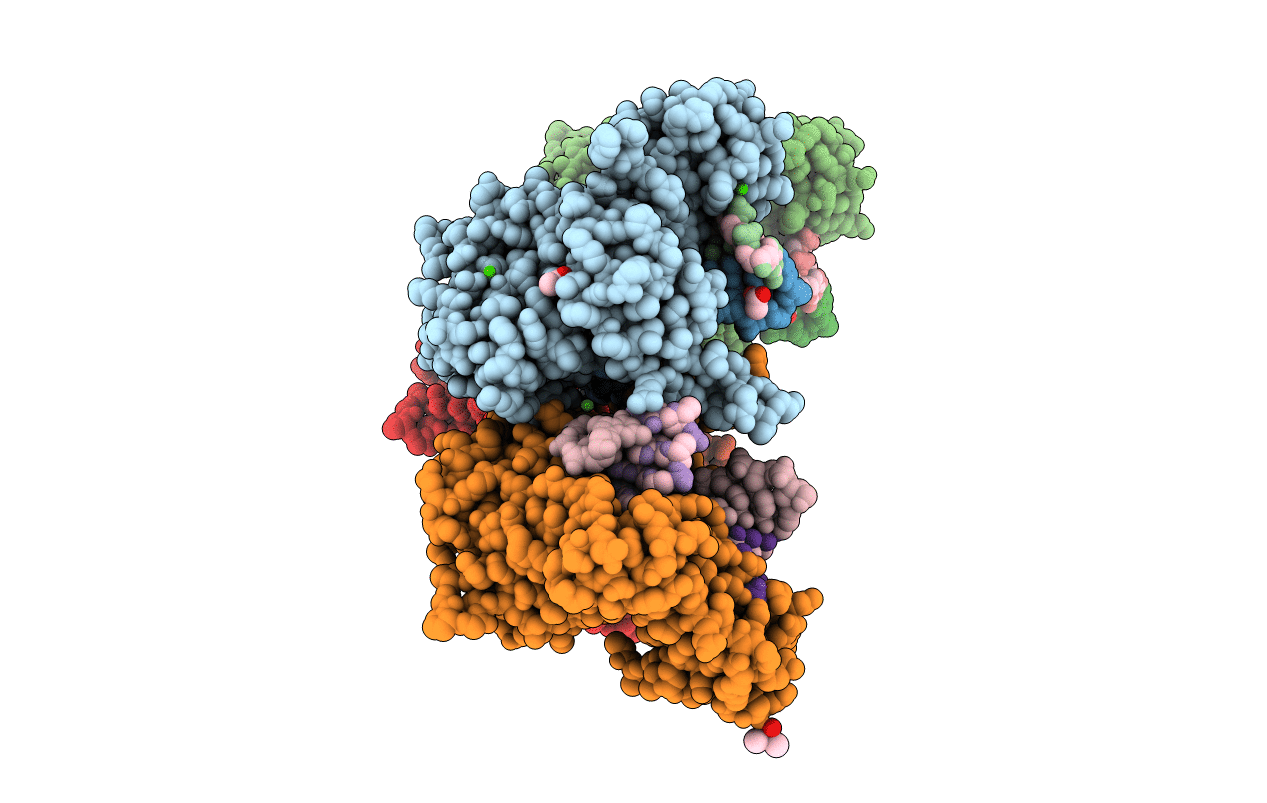
Deposition Date
2013-04-12
Release Date
2014-07-16
Last Version Date
2024-02-28
Entry Detail
PDB ID:
4K4I
Keywords:
Title:
Ternary crystal structures of a human DNA POLYMERASE LAMBDA IN COMPLEX WITH DNA AND (-)FTC-TP.
Biological Source:
Source Organism:
Homo sapiens (Taxon ID: 9606)
Host Organism:
Method Details:
Experimental Method:
Resolution:
2.25 Å
R-Value Free:
0.27
R-Value Work:
0.21
R-Value Observed:
0.21
Space Group:
P 21 21 2


